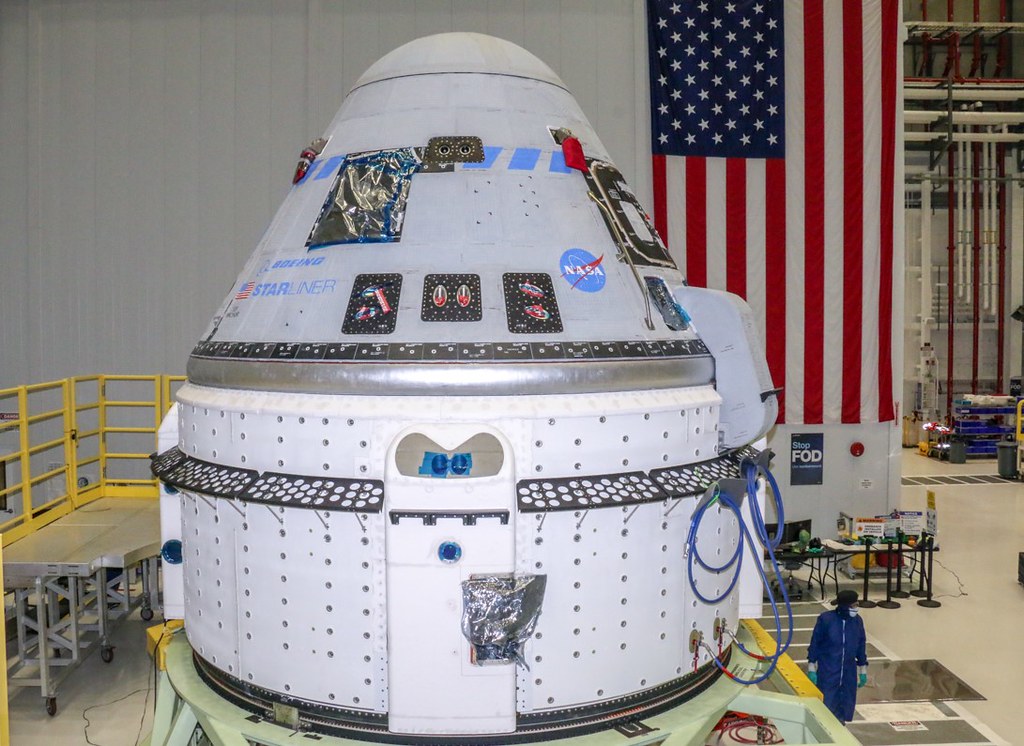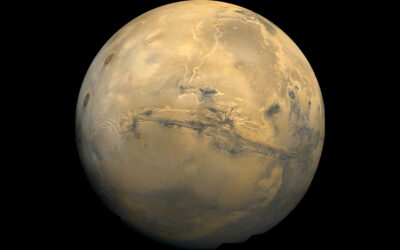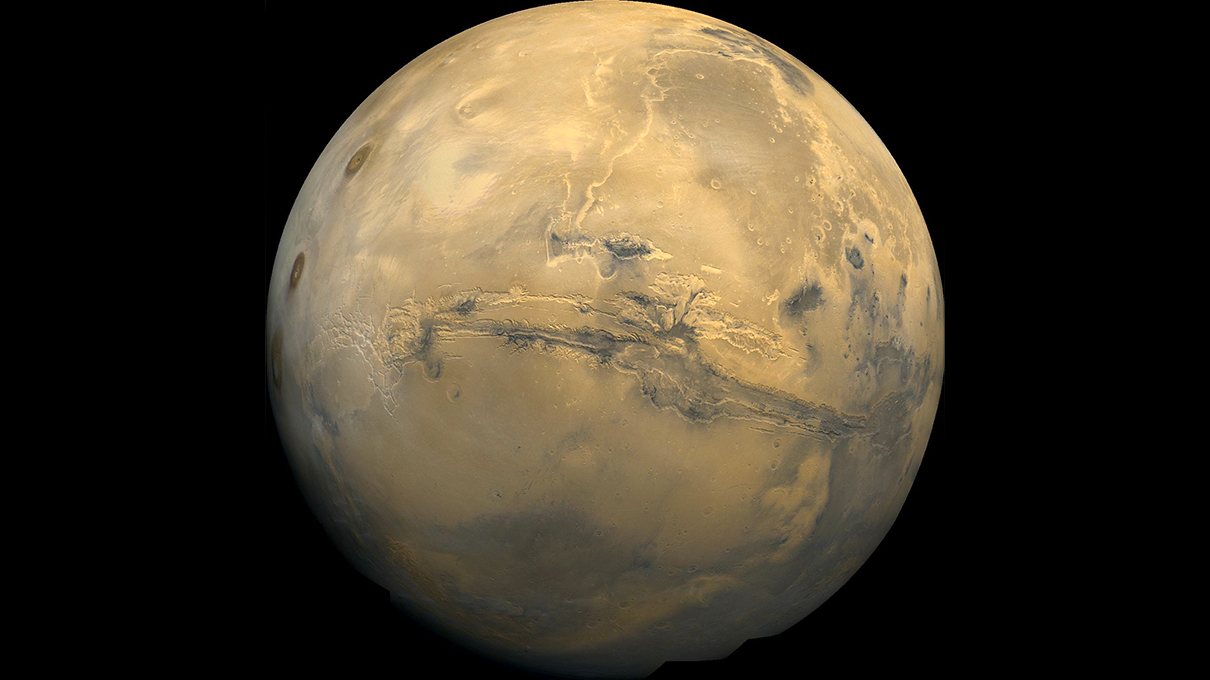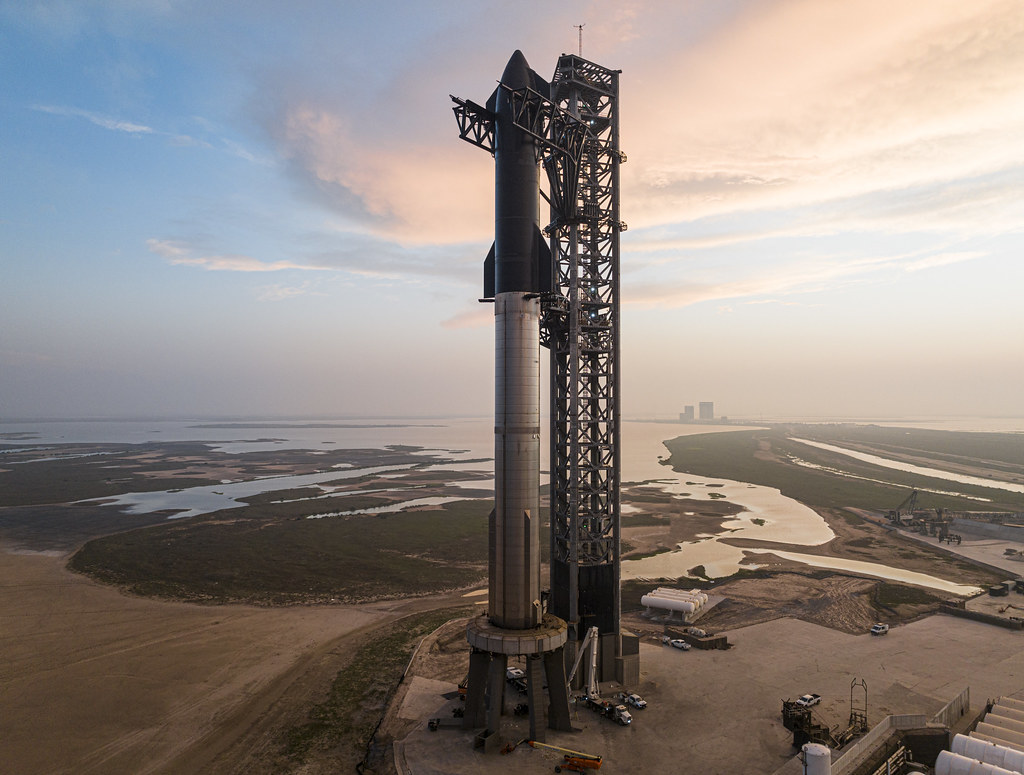Boeing Starliner Capsule: Unleashing Revolutionary Potential in Space Exploration 2024

Table of Contents
Boeing Starliner Capsule: Pioneering the Future of Space Travel
The Boeing Starliner capsule, a pivotal development in modern space travel, is designed to revolutionize how astronauts are transported to and from the International Space Station (ISS). As a key component of NASA’s Commercial Crew Program, the Boeing Starliner capsule aims to reduce dependency on Russian Soyuz spacecraft and reestablish American capabilities for crewed space missions. With its advanced design, safety features, and reusability, the Starliner represents Boeing’s commitment to innovation and leadership in the aerospace industry, promising to enhance competition and drive progress in the commercial spaceflight sector.

Background and Development of the Boeing Starliner Capsule
| Aspect | Description |
|---|---|
| Developer | Boeing |
| Program | NASA’s Commercial Crew Program |
| Purpose | Transportation of astronauts to and from the International Space Station (ISS) |
| Development Timeline | 2010: Boeing awarded NASA Commercial Crew Program contract 2014: Unveiling of Starliner design |
| Design | Modular design, accommodating up to 7 astronauts or cargo |
| Dimensions | Diameter: 4.56 meters (15 feet) Height: 5.03 meters (16.5 feet) |
| Launch Weight | Approximately 13 metric tons (28,660 pounds) |
| Capacity | Up to 7 astronauts or equivalent cargo |
| Reusability | Partially reusable, designed for up to 10 missions with minimal refurbishment |
This table provides a concise overview of the background and development of the Boeing Starliner Capsule, highlighting key aspects such as its developer, program affiliation, purpose, design, dimensions, and reusability.
The Boeing Starliner Capsule represents a pivotal chapter in the ongoing saga of human space exploration. Its inception can be traced back to NASA’s forward-thinking Commercial Crew Program, a groundbreaking initiative aimed at revolutionizing crewed missions to the International Space Station (ISS). In this dynamic landscape, Boeing seized the opportunity to contribute its expertise and innovation, securing a prominent role in the development of the Starliner. This capsule, born out of collaboration and fueled by determination, embodies the collective vision of NASA and Boeing to push the boundaries of space travel and pave the way for a new era of exploration
Design and Specifications of the Boeing Starliner Capsule
Boeing Starliner Capsule: The design and specifications of the Boeing Starliner Capsule underscore its technological prowess and commitment to safety and efficiency in space travel. With a diameter of 4.56 meters (15 feet) and a height of 5.03 meters (16.5 feet), the Starliner is meticulously crafted to accommodate up to seven astronauts or a combination of crew and cargo. Its launch weight of approximately 13 metric tons (28,660 pounds) emphasizes its robust construction and payload capacity. Furthermore, the capsule’s reusability is a defining feature, designed for up to 10 missions with minimal refurbishment, thus ensuring cost-effectiveness and sustainability in space exploration.
- Diameter: 4.56 meters (15 feet)
- Height: 5.03 meters (16.5 feet)
- Launch Weight: Approximately 13 metric tons (28,660 pounds)
- Capacity: Up to 7 passengers or a combination of crew and cargo
- Reusability: Designed for up to 10 missions with minimal refurbishment
| Specifications | Values |
|---|---|
| Diameter | 4.56 meters (15 feet) |
| Height | 5.03 meters (16.5 feet) |
| Launch Weight | Approximately 13 metric tons (28,660 lbs) |
| Capacity | Up to 7 astronauts or equivalent cargo |
| Reusability | Designed for up to 10 missions |
This table succinctly summarizes the key design and specifications of the Boeing Starliner Capsule, highlighting its impressive dimensions, payload capacity, and reusability, all of which contribute to its effectiveness as a spacecraft for crewed missions to the ISS and beyond.
Key Features of Boeing Starliner Capsule
- Autonomous Docking: The Boeing Starliner Capsule is equipped with advanced autonomous docking capabilities, allowing it to dock with the ISS without manual intervention. This feature enhances the safety and reliability of missions.
- Reusability: The Boeing Starliner Capsule is partially reusable, designed to be used for multiple missions. This reusability helps reduce the overall cost per flight and supports sustainable space exploration.
- Safety Systems: The Boeing Starliner Capsule includes comprehensive safety systems, including a launch escape system capable of quickly propelling the crew to safety in the event of an emergency during launch or ascent.
- Airbag Landing System: Unlike traditional ocean splashdowns, the Boeing Starliner Capsule employs an airbag system for land-based landings, improving recovery efficiency and reducing turnaround time.
Boeing Starliner Capsule: At the heart of the Boeing Starliner Capsule lies a myriad of innovative features engineered to propel humanity further into the cosmos. Among its key features is its advanced autonomous docking capability, which enables seamless integration with the International Space Station (ISS) without manual intervention. Additionally, the capsule’s partial reusability stands as a testament to its cost-effectiveness, designed for up to 10 missions with minimal refurbishment. Safety remains paramount with comprehensive systems including a launch escape system for emergency situations. Notably, the Starliner employs an airbag landing system for terrestrial landings, enhancing recovery efficiency and turnaround time.
| Key Features | Details |
|---|---|
| Autonomous Docking | Advanced capability for seamless ISS integration |
| Reusability | Designed for up to 10 missions with minimal refurbishment |
| Safety Systems | Comprehensive launch escape system for emergency situations |
| Airbag Landing System | Facilitates safe terrestrial landings |
This table encapsulates the key features of the Starliner Capsule, showcasing its autonomy, reusability, safety measures, and innovative landing system, all of which contribute to its efficacy as a spacecraft for crewed missions.
Boeing Starliner Capsule: The journey of the Starliner Capsule has been marked by rigorous testing and significant milestones, each representing a step forward in its development and readiness for space exploration. The Orbital Flight Test (OFT-1) served as an initial benchmark, providing invaluable data despite encountering software issues preventing it from reaching the ISS. Subsequently, the Orbital Flight Test-2 (OFT-2) triumphantly demonstrated the capsule’s capability to autonomously dock with the ISS and safely return to Earth. Looking ahead, the Crewed Flight Test (CFT) looms as the next pivotal milestone, marking a crucial step towards operational status for the Starliner.
The Starliner’s development has involved extensive testing to validate its design and capabilities. Key milestones include:
- Orbital Flight Test (OFT-1): The first uncrewed flight, conducted in December 2019, encountered some software issues that prevented it from reaching the ISS. However, valuable data was gathered to improve the spacecraft.
- Orbital Flight Test-2 (OFT-2): Conducted in May 2022, this successful uncrewed flight demonstrated the Starliner’s ability to autonomously dock with the ISS and safely return to Earth, addressing issues from the first test.
- Crewed Flight Test (CFT): Planned as the next major milestone, the CFT will involve a crewed mission to the ISS, marking a significant step toward operational status for the Starliner.
| Milestones | Details |
|---|---|
| Orbital Flight Test-1 | Provided valuable data despite encountering software issues |
| Orbital Flight Test-2 | Successfully demonstrated autonomous docking with the ISS and safe return |
| Crewed Flight Test | Next milestone toward operational status for the Starliner |
These milestones showcase the progression of the Boeing Starliner Capsule through testing phases, each bringing it closer to its goal of becoming a reliable spacecraft for crewed missions to the International Space Station.
Future Projects of the Boeing Starliner Capsule
The Boeing Starliner Capsule, with its proven capabilities and versatility, is poised to embark on a myriad of future projects that will shape the trajectory of space exploration. Here are some of the notable endeavors on the horizon:
- Operational ISS Missions: Following successful testing and certification, the Boeing Starliner Capsule is slated to undertake regular crewed missions to the International Space Station (ISS). These missions will ensure a continuous American presence aboard the ISS and facilitate scientific research and international collaboration in space.
- Lunar Exploration: Boeing has expressed interest in leveraging the Starliner’s capabilities for lunar exploration missions. Collaborating with NASA’s Artemis program, the Starliner could ferry astronauts to lunar orbit or even facilitate crewed landings on the Moon’s surface, playing a pivotal role in humanity’s return to the lunar landscape.
- Space Tourism: With the burgeoning space tourism industry gaining momentum, the Boeing Starliner Capsule could become a key player in offering commercial spaceflight experiences to private individuals. Partnering with commercial spaceflight companies, Boeing could open up new frontiers for tourism beyond Earth’s atmosphere.
- Deep Space Exploration: Looking further into the future, the Boeing Starliner Capsule holds potential for deep space exploration missions. Whether it’s venturing to Mars, asteroids, or other destinations in the solar system, the Starliner’s robust design and reusability make it a viable candidate for long-duration missions into the unknown.
- International Collaboration: Boeing aims to foster international collaboration by offering the Starliner Capsule for joint space missions with other space agencies and nations. These collaborative efforts could enhance scientific research, technology development, and geopolitical cooperation in space exploration endeavors.
Boeing Starliner Capsule: detailed information
| Aspect | Description |
|---|---|
| Developer | Boeing |
| Program | NASA’s Commercial Crew Program |
| Purpose | Transportation of astronauts to and from the International Space Station (ISS) |
| Design | Modular design, accommodating up to 7 astronauts or a combination of crew and cargo |
| Dimensions | Diameter: 4.56 meters (15 feet) Height: 5.03 meters (16.5 feet) |
| Launch Weight | Approximately 13 metric tons (28,660 pounds) |
| Capacity | Up to 7 astronauts or equivalent cargo |
| Reusability | Partially reusable, designed for up to 10 missions with minimal refurbishment |
| Key Features | Autonomous docking, launch escape system, airbag landing system |
| Autonomous Docking | Advanced capability for seamless integration with the ISS |
| Launch Escape System | Ensures crew safety by quickly propelling the capsule away from the launch vehicle in emergencies |
| Airbag Landing System | Facilitates safe land-based landings, enhancing recovery efficiency and turnaround time |
| Operational Status | Completed uncrewed test flights (OFT-1, OFT-2), planned crewed missions (CFT) |
| Future Prospects | ISS crew rotations, lunar exploration missions, space tourism, international collaborations |
The Boeing Starliner Capsule represents a remarkable achievement in aerospace engineering and human spaceflight. Developed by Boeing as part of NASA’s Commercial Crew Program, the Starliner is designed to meet the rigorous demands of crewed missions to the International Space Station (ISS) and beyond.
With its modular design and advanced technology, the Starliner offers versatility and reliability, capable of accommodating both astronauts and cargo for a variety of mission objectives.
Its partial reusability further enhances cost-effectiveness and sustainability in space exploration, paving the way for a more accessible and commercially viable approach to crewed space missions.
As the Starliner progresses through testing and certification, it heralds a new era of human spaceflight, inspiring future generations to reach for the stars and explore the limitless possibilities of the cosmos.
frequently asked questions about Boeing Starliner capsule
Is the Starliner capsule reusable? Yes, the Starliner capsule is partially reusable. It is designed for up to 10 missions with minimal refurbishment between flights. This reusability feature not only reduces the overall cost of space travel but also supports sustainable practices in space exploration.
What went wrong with Boeing Starliner? The Boeing Starliner encountered several technical issues during its development and testing phases. One notable incident was during its first uncrewed Orbital Flight Test (OFT-1) in December 2019, where software anomalies prevented the capsule from reaching the International Space Station (ISS). Additionally, the OFT-2 mission revealed anomalies related to the spacecraft’s service module, requiring further investigation and resolution.
What went wrong with Boeing Starliner? The Boeing Starliner faced technical challenges and anomalies during its development and testing phases. Notable incidents include software issues during the first uncrewed Orbital Flight Test (OFT-1), which prevented the capsule from reaching the International Space Station (ISS), and anomalies discovered during the OFT-2 mission related to the spacecraft’s service module. These setbacks have prompted thorough investigations and corrective actions to ensure the safety and reliability of the Starliner for future missions.
Will NASA use Starliner? Yes, NASA plans to use the Starliner for crewed missions to the International Space Station (ISS) as part of its Commercial Crew Program. Despite encountering technical challenges during its development and testing phases, NASA and Boeing are working together to address these issues and ensure the Starliner’s readiness for operational use. Once certified by NASA, the Starliner will serve as a reliable transportation system for astronauts, allowing for regular crew rotations and supporting scientific research and exploration efforts aboard the ISS.
How many times can the Starliner be used? The Boeing Starliner Capsule is designed for partial reusability, with the capability to be used for up to 10 missions with minimal refurbishment between flights. This reusability feature not only reduces the overall cost of space travel but also supports sustainable practices in space exploration by minimizing waste and resource consumption.
How much does Starliner cost? The exact cost of the Boeing Starliner Capsule varies depending on factors such as development, manufacturing, testing, and operational expenses. However, estimates suggest that the development cost of the Starliner program, including spacecraft and associated services, is in the range of several billion dollars. Additionally, the cost per mission for transporting astronauts to and from the International Space Station (ISS) using the Starliner is approximately $90 million per seat, as part of NASA’s Commercial Crew Program. This cost includes not only the transportation itself but also training, mission support, and other related services.
- Also Check Boeing Starliner vs SpaceX Dragon
Exploring the Boeing Starliner Capsule: A Gateway to Space Exploration
The Boeing Starliner Capsule stands at the forefront of modern space exploration, representing a pivotal advancement in crewed spaceflight. Developed by Boeing as part of NASA’s Commercial Crew Program, the Starliner aims to revolutionize the transportation of astronauts to and from the International Space Station (ISS) and beyond.
Design and Specifications: The Boeing Starliner Capsule boasts a modular design, accommodating up to seven astronauts or a combination of crew and cargo. With a diameter of 4.56 meters (15 feet) and a height of 5.03 meters (16.5 feet), the Starliner provides ample space for crew members and equipment. It has a launch weight of approximately 13 metric tons (28,660 pounds) and is designed for partial reusability, capable of up to 10 missions with minimal refurbishment.
Key Features: Equipped with advanced technology and safety features, the Boeing Starliner Capsule ensures a reliable and efficient journey to space. Its autonomous docking capability allows for seamless integration with the ISS, while a launch escape system provides crew safety in emergencies. Upon re-entry, the capsule utilizes an airbag landing system for safe terrestrial landings, enhancing recovery efficiency.
Testing and Milestones: The Boeing Starliner Capsule has undergone rigorous testing to ensure its readiness for operational use. Notable milestones include the completion of uncrewed test flights (OFT-1, OFT-2) and the upcoming Crewed Flight Test (CFT), marking significant progress towards certification for crewed missions to the ISS.
Future Prospects: Beyond ISS missions, the Boeing Starliner Capsule holds promising future prospects in various realms of space exploration. These include lunar exploration missions under NASA’s Artemis program, potential involvement in space tourism initiatives, and collaboration with international partners for joint space missions and scientific research endeavors.
In conclusion, the Boeing Starliner Capsule represents a significant milestone in the evolution of human spaceflight. With its advanced design, safety features, and versatility, the Starliner promises to revolutionize crewed missions to the International Space Station (ISS) and beyond.
Despite encountering technical challenges during its development and testing phases, the Starliner program has made significant progress towards certification for operational use, with successful uncrewed test flights and upcoming crewed missions on the horizon.
As humanity ventures further into the cosmos, the Boeing Starliner Capsule stands as a symbol of innovation and progress, inspiring future generations to reach for the stars and explore the limitless possibilities of space exploration.





